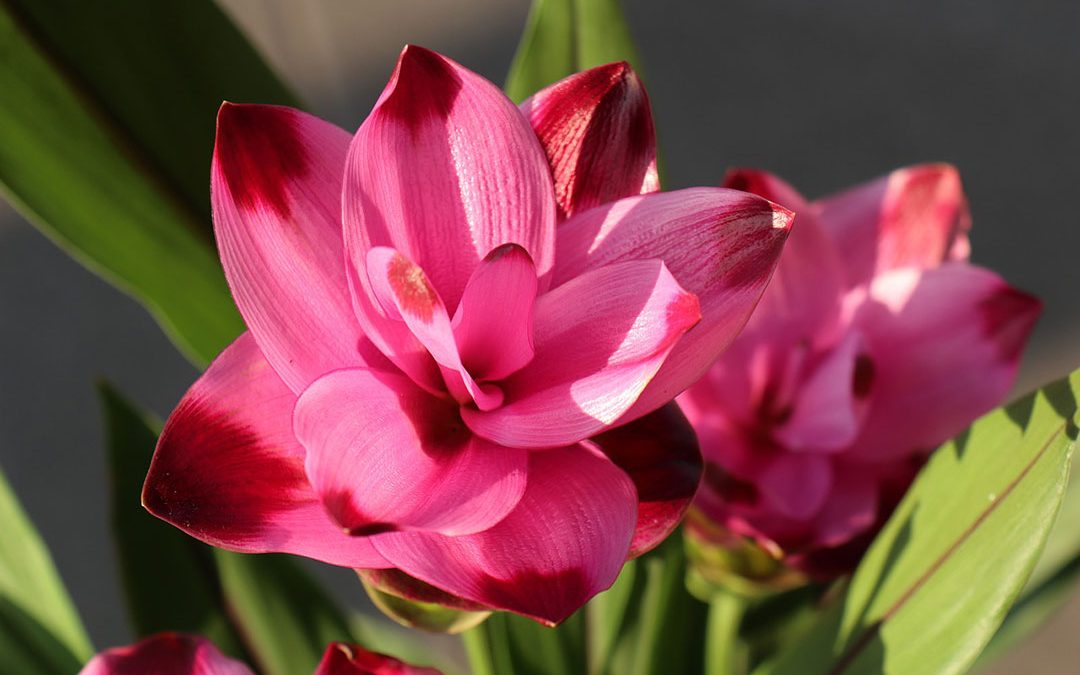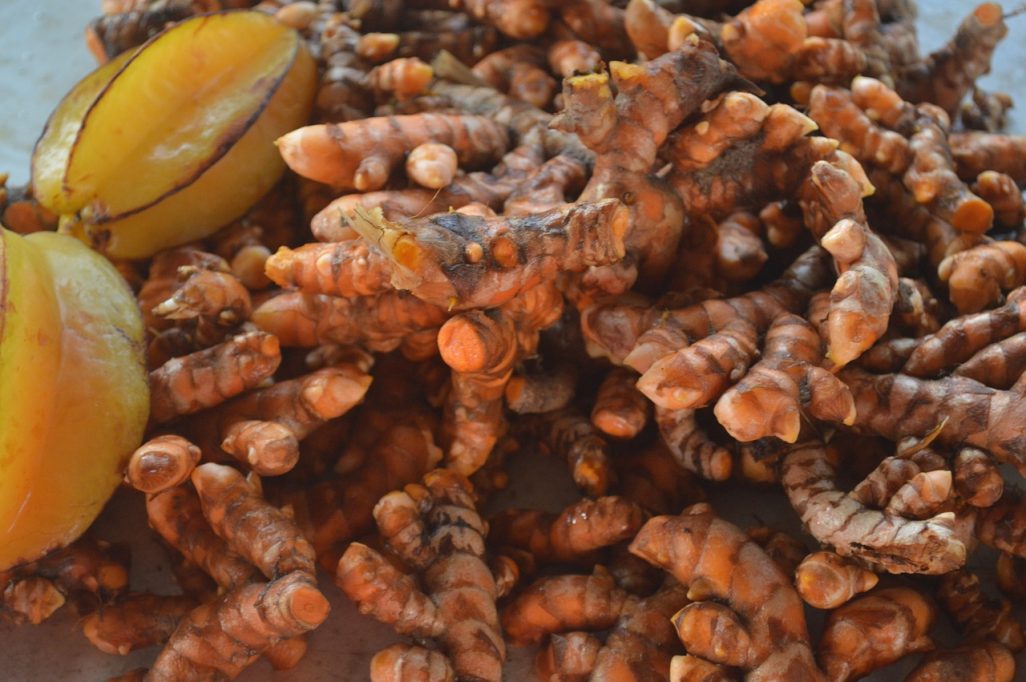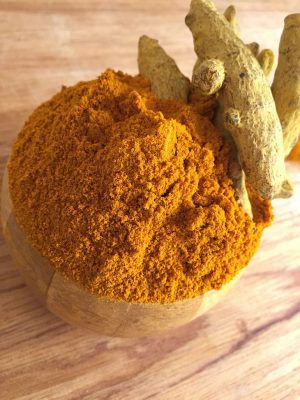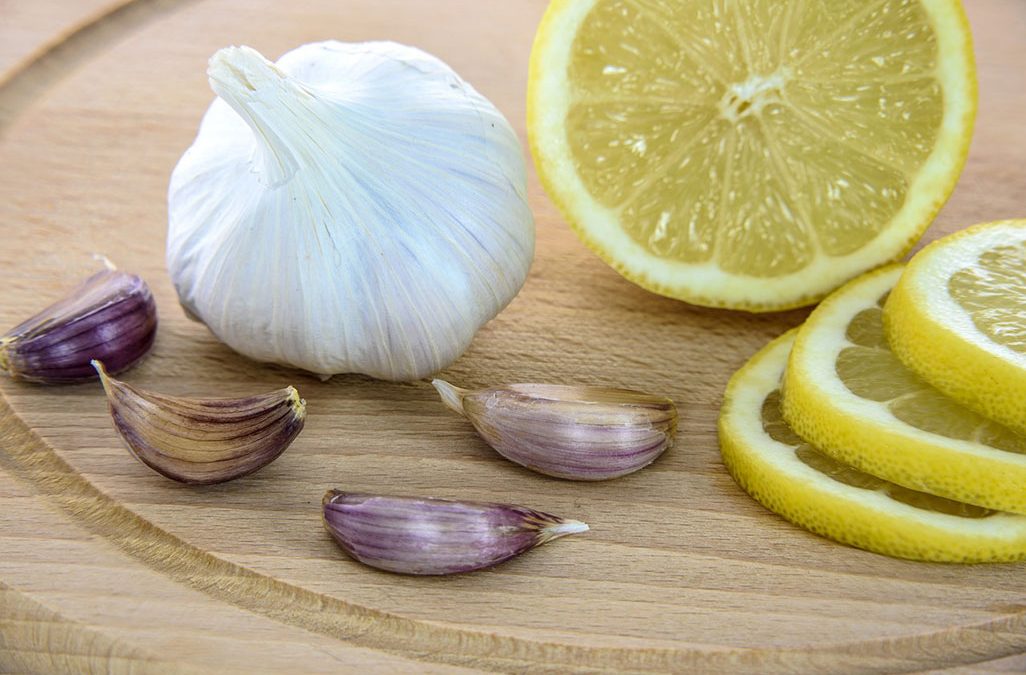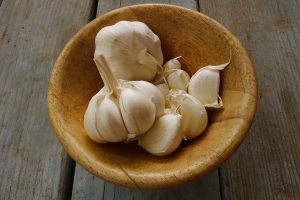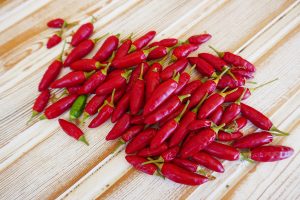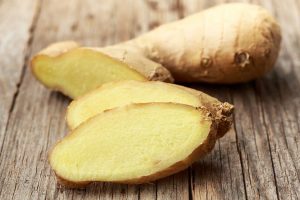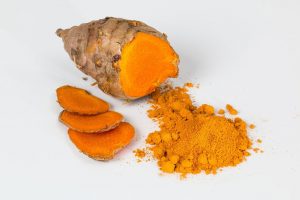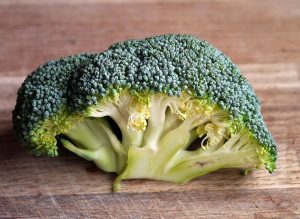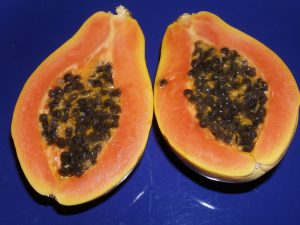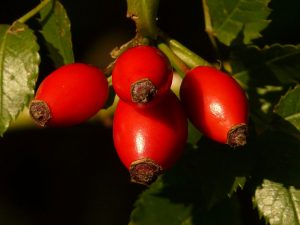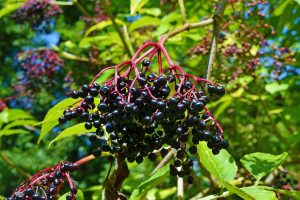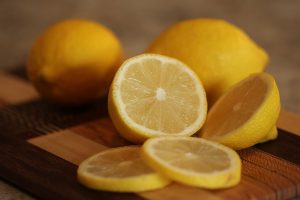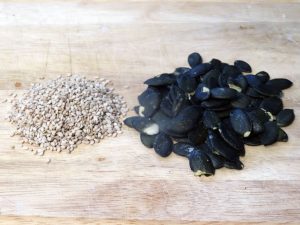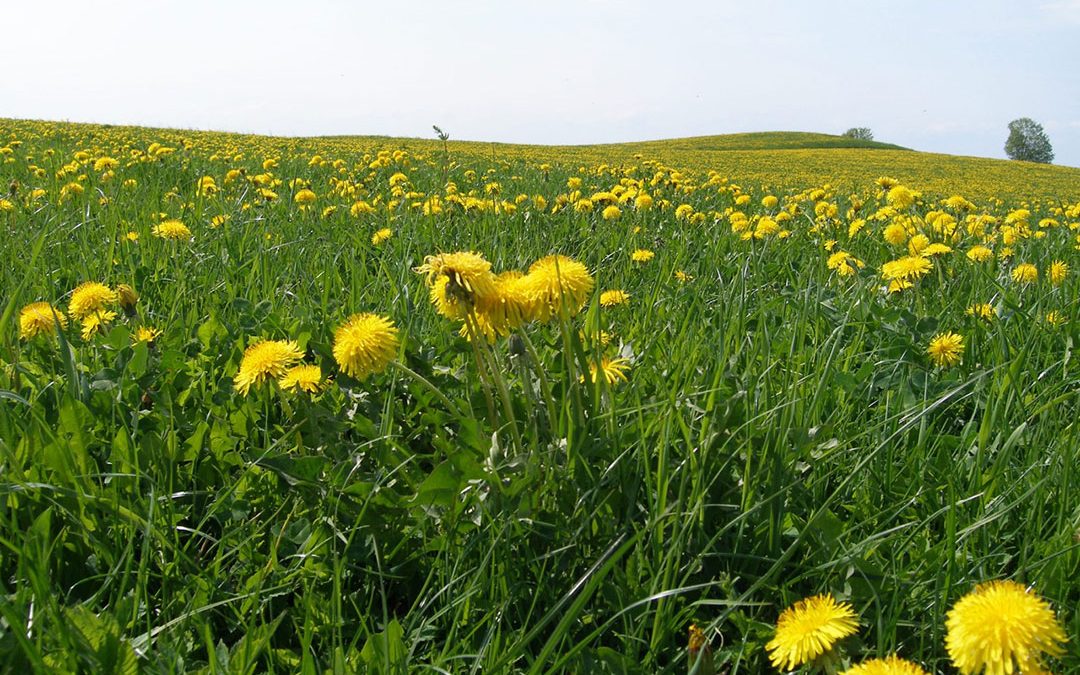
Spring Detox
A Spring Detox resets body, mind, and spirit. Get out into nature, do some foraging, and enjoy the benefits of your pickings.
When the first rays of bright warm sunshine are trying to penetrate the layer of dust that has accumulated on the window panes through the winter, it always hits me: It’s time to get out that cleaning stuff, air out the house and wash the window to let the sunshine in. And honestly, it feels so good to get everything ready and prepared for a fresh start!
In the olden days, this idea was not only applied to the house, but also to the body. During the winter many of us are confined to a fairly sedentary lifestyle, which is bad enough. But what makes it worse is that rich and heavy diet we tend to adopt at that time. Maybe we intended to give up chocolate after Christmas, but there was so much left that we just kept eating it. And once after January 1st has passed, it seems like one has missed the boat for good intentions. But in fact, that is what Lent is for. It’s the perfect time to tune into nature’s cycle and apply the theme of cleansing and renewal to the body.
Depending on your growing zone, you might have noticed that the monochrome colours are changing and fresh green begins to sprout beneath the old leaves. Nature offers a whole host of delicious and healthful herbs that are just perfect for the job of inner cleaning. No need to buy dried herbs! Most of what is needed will probably grow right in your backyard, or in a nearby meadow.
What does a body cleansing diet actually do?
The idea of a body cleanse is to support the body’s eliminative functions in order to help it in the process of getting rid of accumulated metabolic waste products, which often linger on in a sluggish system. This is done by taking herbs that stimulate the liver and gallbladder and thereby also increase the metabolic rate. Some might act as diuretics and can assist the body in flushing out uric acid crystals, while others improve the function of the respiratory system. These herbs act as tonics, rather than remedies and improve overall function, not heal specific conditions. To a large part, the job of cleansing the body is the work of the kidneys and the liver. Apart from the herbs, certain foods, such as apples, celery, endive, horseradish, and sauerkraut are very useful here. How about trying them in a salad? Perhaps, with raw onions and garlic, even. Keep the marinade simple: olive oil and lemon juice are perfect. As for drinks, cutting out alcohol, coffee, tea, and sugary drinks is key. Fresh apple juice is very wholesome, or, if you can stomach it, a little apple cider vinegar diluted with water and sweetened with honey is a great cleansing and energy-boosting drink.
If you want to try some of the fresh green that is currently sprouting on your doorstep, you could lookout for the following herbs:
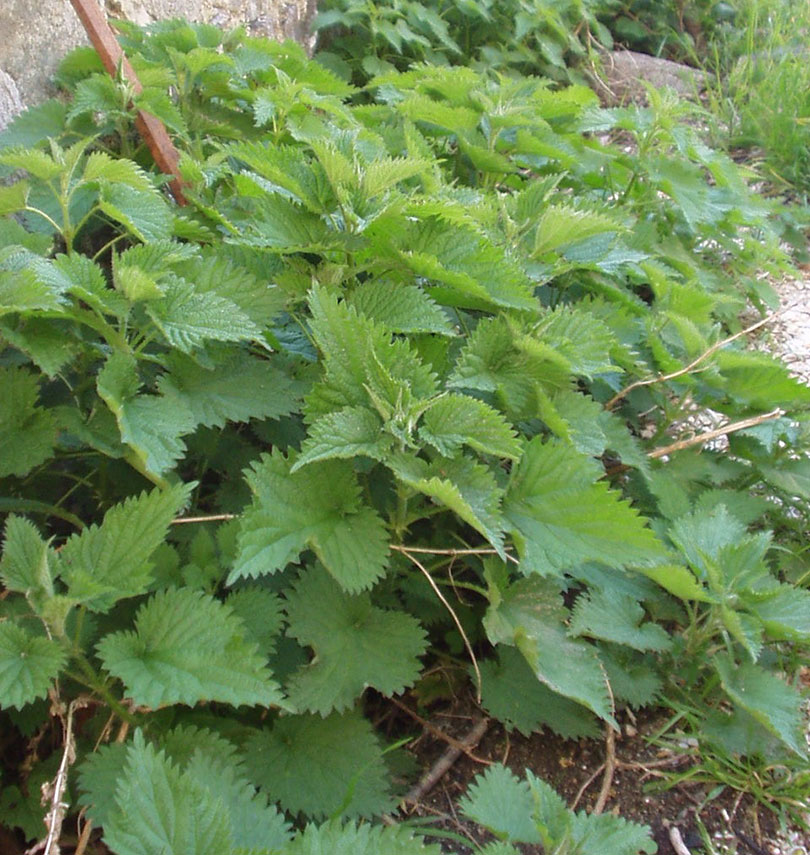
Nettles (Urtica dioica):
Most people seem to fear nettles because of their sting. And, perhaps that is just as well, for if they knew how wholesome and healthy nettles truly are, they would probably be an endangered species. Nettles offer a whole powerhouse of nutrients such as vitamins A, C, and iron. Their action is diuretic and they support the body’s elimination via the kidneys. They are particularly useful for clearing out metabolic waste products such as uric acid deposits, form little crystals that can cause a lot of pain in the joints. The most potent way to benefit from them is to take the freshly expressed juice. Juicing them is not so easy, though. If you don’t want to buy it ready bottled, preparing a tea made from the leaves is a good alternative. Nettle extract lowers the blood sugar level and can thus be very useful for diabetics.
As a wild vegetable, Nettles can be prepared like spinach, although it is best to mix the leaves with some other green, as its action on the eliminative systems can be quite strong when eaten in quantity. Adding the leaves to a warming soup is also a good idea.
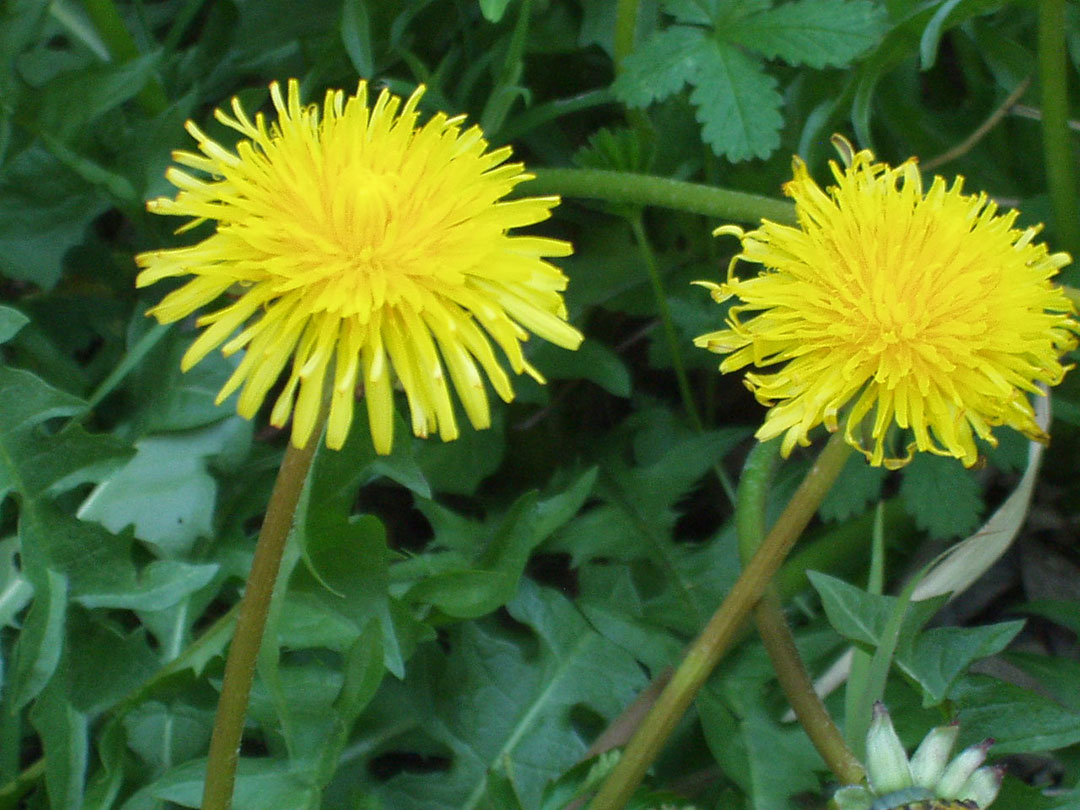
Dandelion (Taraxacum officinale):
Dandelion is one of the most beneficial spring herbs available to us. It bears a double blessing: the leaves are especially good for the urinary system. Their powerful diuretic action helps to flush out the kidneys, but unlike other diuretics, it is also rich in potassium, which means it will not deplete the body of this important mineral. Dandelion leaves can be enjoyed as a tea or used as a pot-herb, added to soups and salads. The roots, on the other hand, are quite bitter and have a beneficial effect on the liver Their chemical composition varies depending on the seasons. In spring they are rich in certain proteins and mineral salts, while in autumn they are rich in inulin (up to 40%), which is very helpful for diabetics.
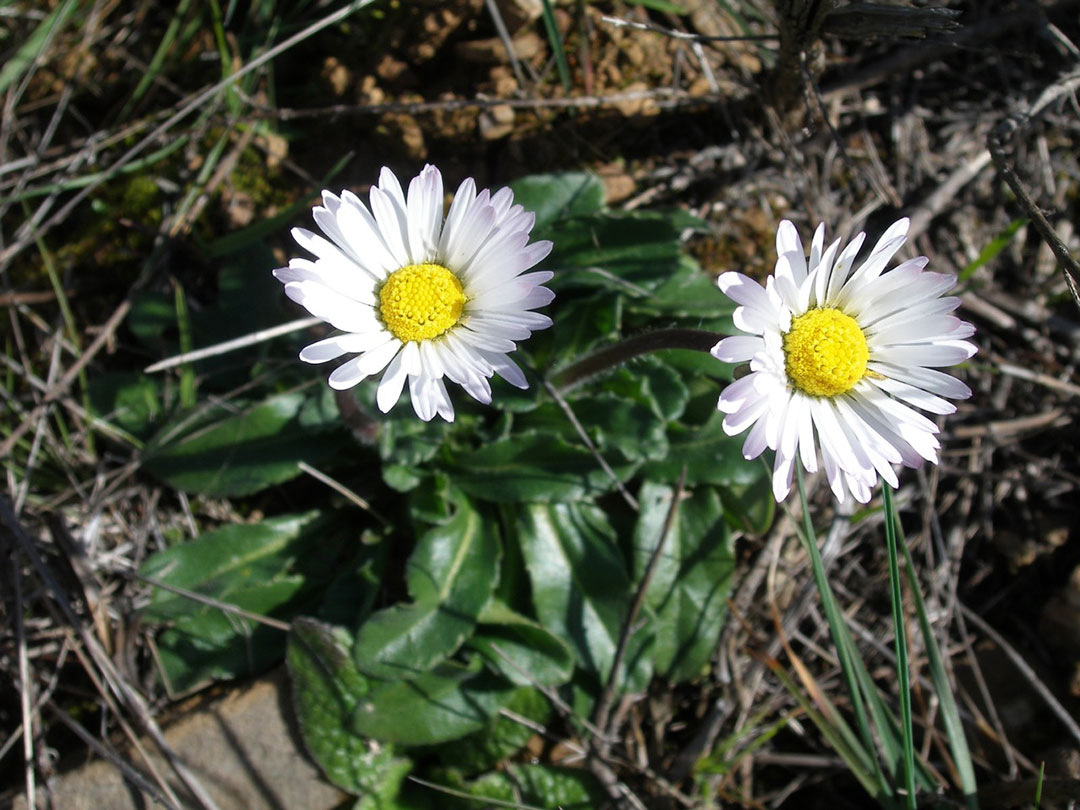
Daisies (Bellis perennis):
The dainty daisy doesn’t look like much, other than a pretty flower that children like to play with. But the leaves and flowers have long been used in spring-cleansing diets. The juice pressed from the aerial parts is a most potent elixir, but must be freshly prepared each day. One tablespoon per day, diluted with the same amount of water, is the recommended dose.

Goutweed (Aegopodium podagraria):
Gardeners curse this little herb, which often pops up uninvited and grows profusely in damp, shady places of the garden. The young shoots and leaves have a powerful cleansing effect on the stomach and intestines. They are also strongly diuretic and very effective in flushing out uric acid crystals and other metabolic waste products. They can be added to soups or salads and make a very potent addition to a spring cleansing diet.
As the name suggests, goutweed is specifically known as a remedy for treating rheumatism and gout – a painful condition affecting the feet (The origin of its Latin name, podagra – ‘gout of the feet’ alludes to this use). However, for this purpose, a strong decoction made from the roots is used as a foot-bath.
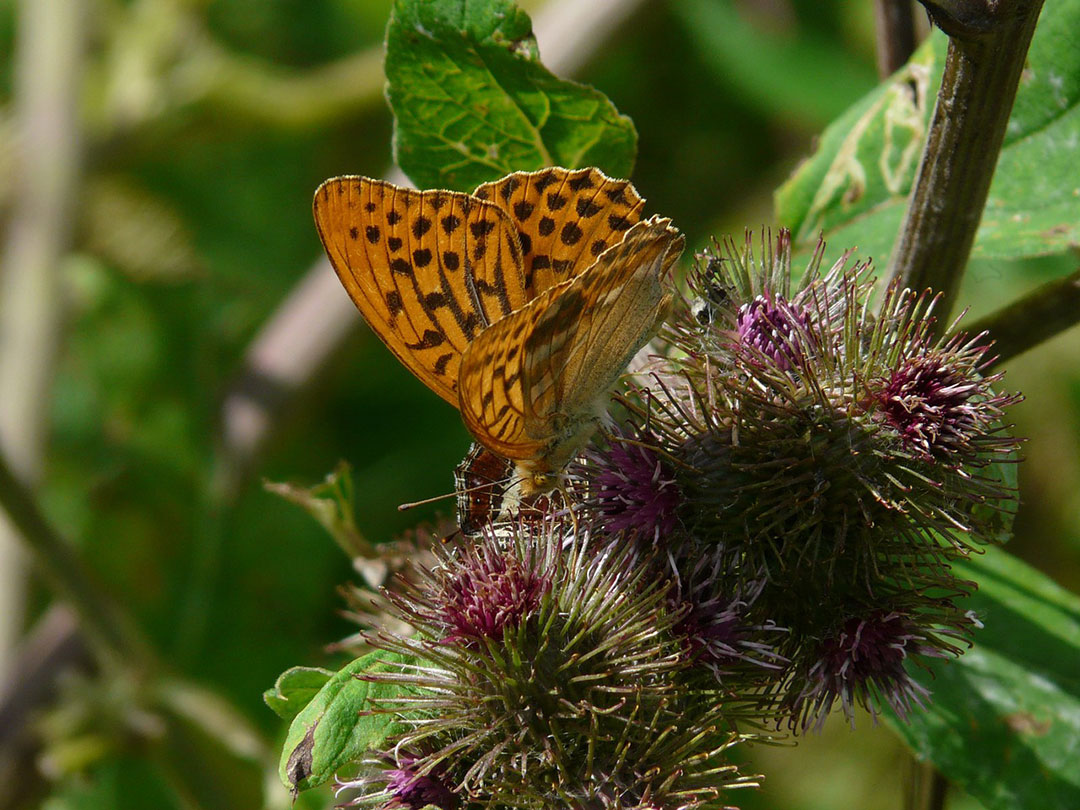
Burdock Root (Arctium lappa):
An amazingly resilient herb, Burdock can be found almost anywhere. But it is not always easily spotted. It is a biennial plant, meaning, its cycle takes two years to complete. The root of the second year plants is the most powerful. Burdock is known as a powerful liver tonic, helping it to eliminate toxins from the body. Burdock Root is also very beneficial for diabetics, as it can help to regulate gallbladder secretions. It is also rich in Inulin, a soluble dietary fibre that has several important health benefits. Inulin consists of a type of fructose that cannot be broken down and digested in the small intestines. Instead, it moves on to the lower gut where it acts as a pre-biotic and nourishes the beneficial gut bacteria that inhabit that part of the digestive system.
No-one encourages Burdock to take its place in the garden, as its elephant ear-like leaves are too big and rough, and it does not produce particularly pretty flowers either. Butterflies love them, though. And Burdock is in fact extremely valuable, especially for those who suffer from chronic health problems that call for blood cleansing: arthritis, rheumatism, gout, or skin problems such as psoriasis. Growing it in the garden has the advantage that one can prepare a bed for them with plenty of loose soil and straw, which makes harvesting the roots SO MUCH easier! Trying to pull them up from the compacted ground is, well, let’s just say, a lot of sweat!
Burdock root can be taken as a tea (20g to 1/2 litre of water) or, used as a ‘health food’ it can be added to soups or stir-fries. In the old days, Burdock and Dandelion roots were also often used for brewing a rustic country beer or cordial.

